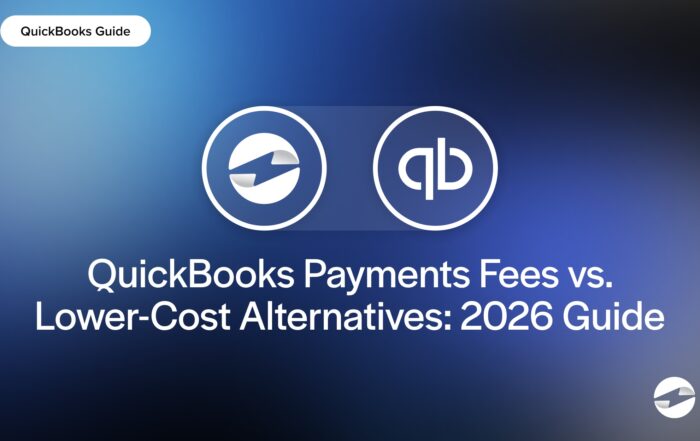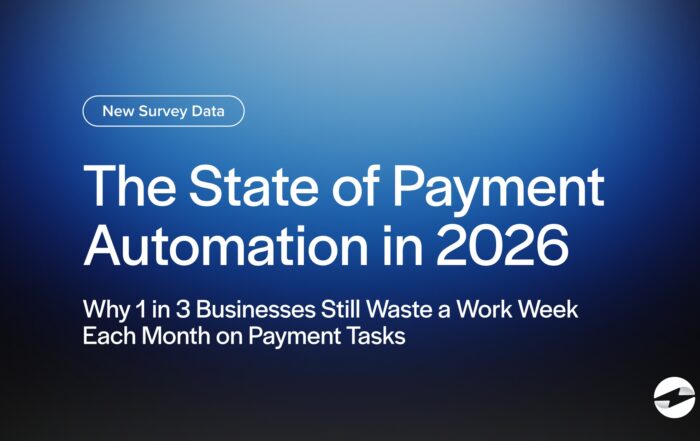What is a bank reconciliation?
A bank reconciliation is the process of matching your business’s financial records with your bank statement to see if everything adds up. It’s like checking your credit card statement against your receipts—you want to make sure there are no mistakes, missing transactions, or surprises. It is recommended that businesses do this regularly to catch errors, prevent fraud, and keep their books accurate.
Key Points
- Bank reconciliation helps catch errors, prevent fraud, and ensure your cash balance is correct.
- Reconcile your bank account by comparing your records with your bank statement to look for discrepancies and adjust your books accordingly.
Purpose of a bank reconciliation
A bank reconciliation’s main purpose is to ensure your financial records are correct. Banks process transactions daily, and sometimes things don’t match—checks haven’t cleared yet, a deposit is missing, or a bank fee wasn’t recorded. Reconciling helps you:
- Spot errors (like double charges or missing deposits)
- Detect fraud before it causes bigger problems
- Make sure your cash balance is accurate
- Stay compliant with accounting and tax regulations
Consider it a reality check on finances. Without it, you may believe you have more (or less) money than you actually have, which can lead to cash flow and budget issues.
How to do a bank reconciliation
Bank reconciliations aren’t as scary as they sound. Here’s how you do it:
- Get your statements – Get your bank statement and your company’s financial records (like your accounting software or checkbook).
- Compare transactions – Look at deposits, withdrawals, checks, and payments in both records. Match what’s in your books to what’s on your statement.
- Find discrepancies – Note the difference if something doesn’t match (like a missing deposit or an unrecorded bank fee).
- Make adjustments – Fix your records as needed. If the bank charges a fee, add it to your books. If a deposit is missing, check if it was delayed.
- Finalize the reconciliation – Once everything is accounted for, your bank balance and book balance should match. If not, go back and investigate.
You can find plenty of online resources, including templates and guides, to help you get started.
Bank reconciliation example
Your company’s books show $10,500, but the bank statement says $10,200. Here’s what happened:
- You wrote a check for $300, but it hasn’t cleared the bank yet.
- The bank charged a $25 service fee you didn’t record.
- You deposited a $25 refund, but it wasn’t recorded in your books.
- After adjusting for the missing transactions, your records and bank statement match.
Regular reconciliation will help you maintain your cash flow healthy, eliminate costly errors, and stop fraud. Maintaining your bank reconciliations, whether by hand or using accounting software, will improve the foundation of your company.
You May Also Like
Read More
QuickBooks Payments Fees vs. Lower-Cost Alternatives: 2026 Guide
Read More
EBizCharge Listed as a 2025 Construction Executive Top Construction Technology Firm
Read More
Read More



